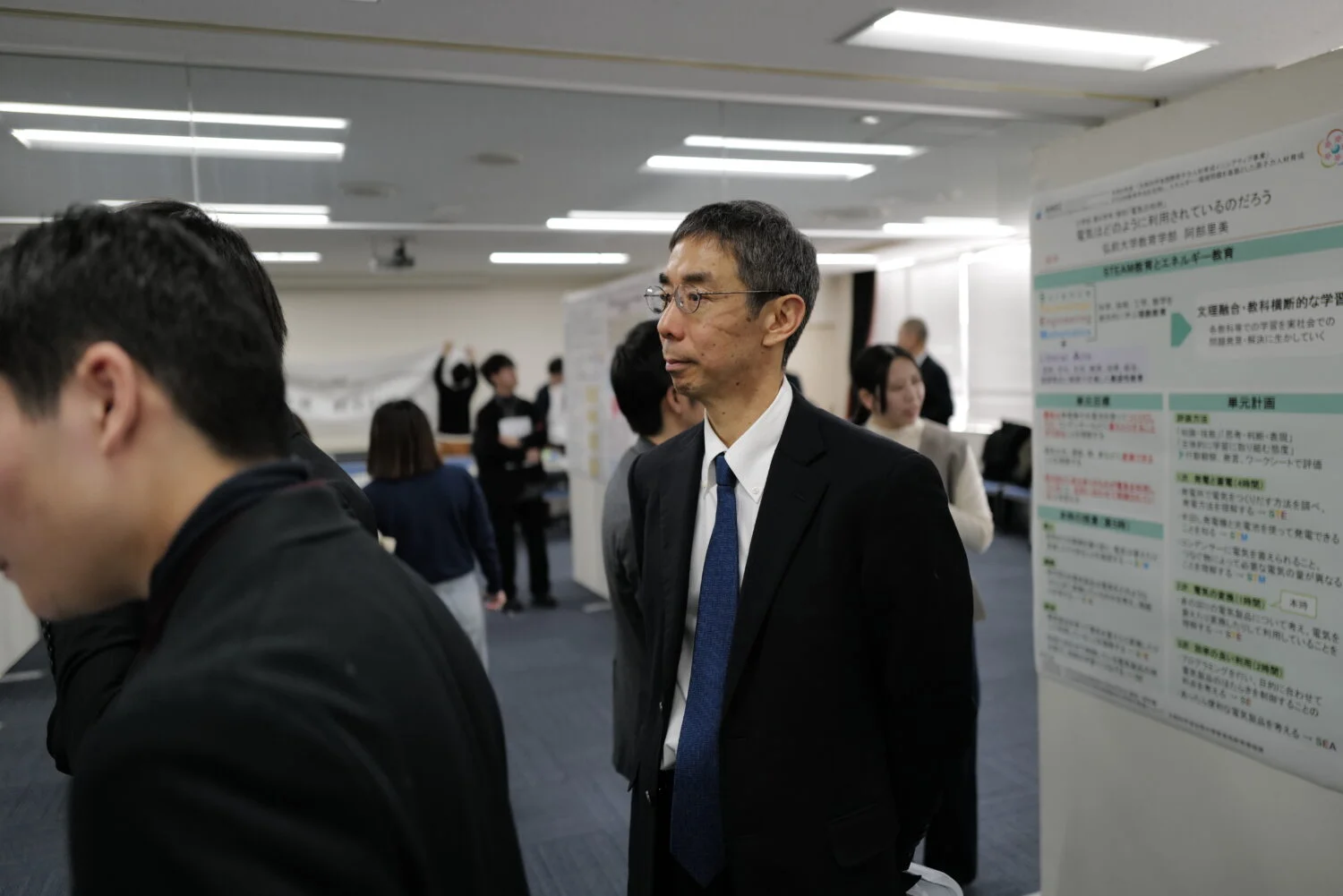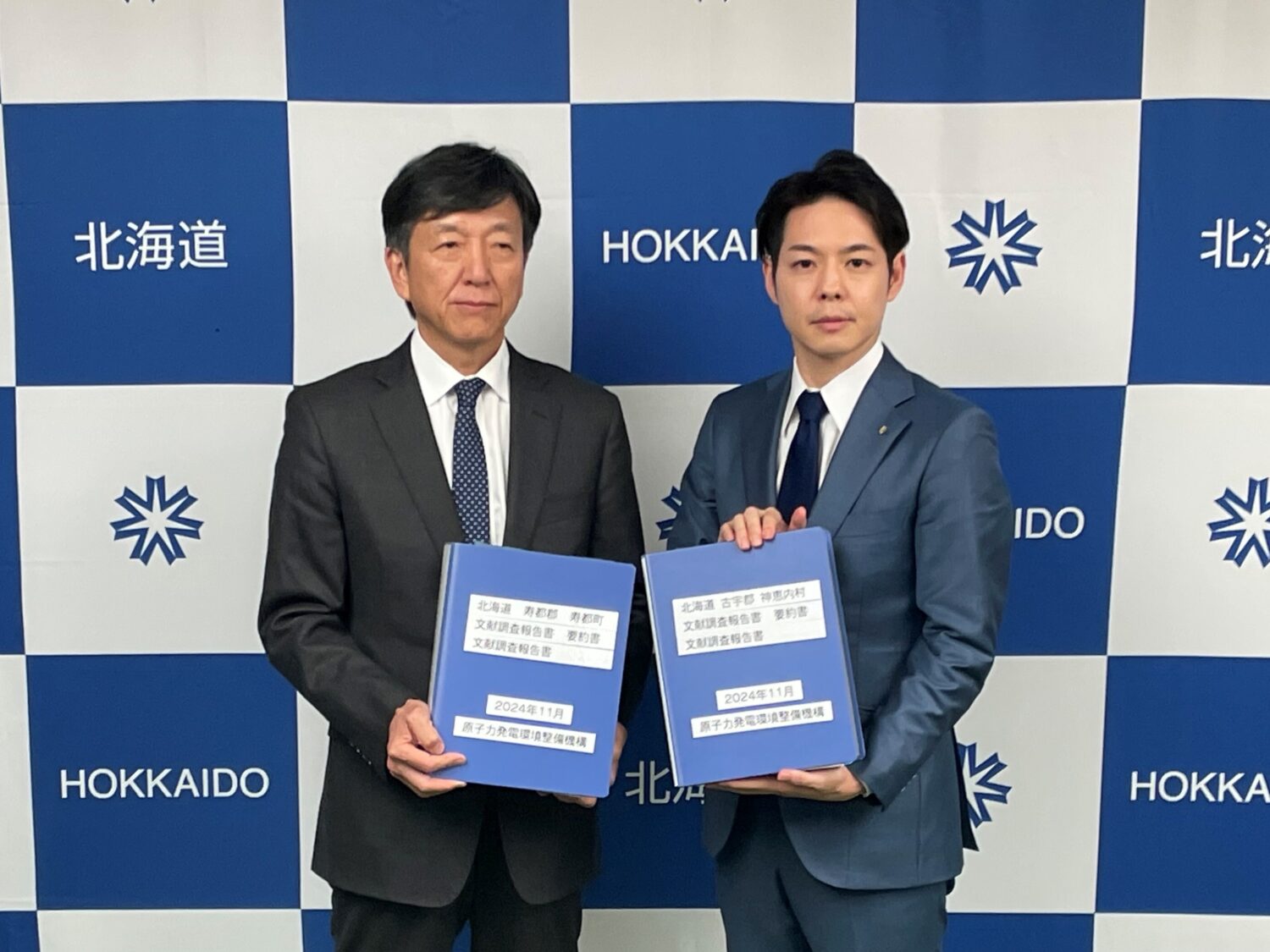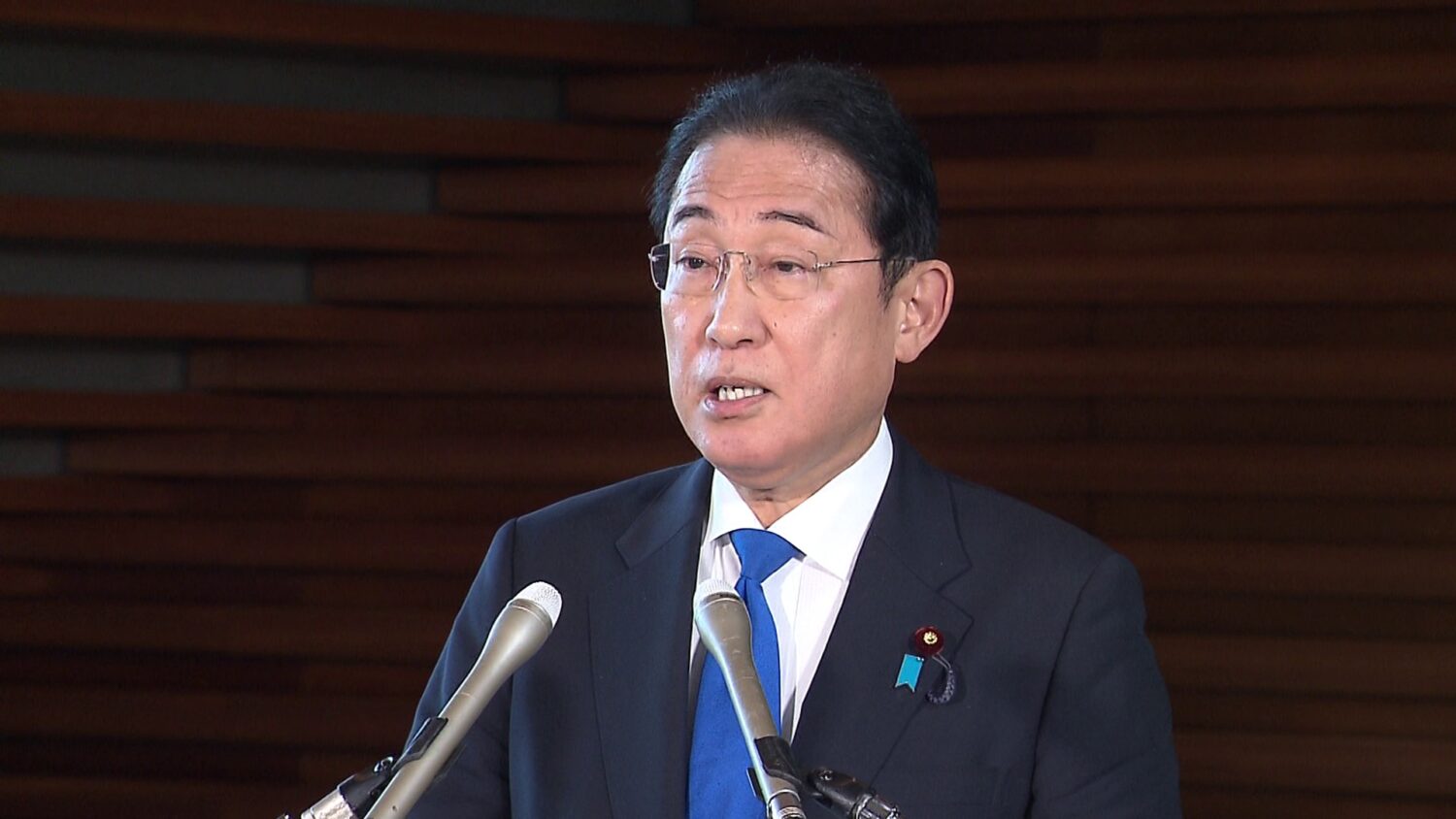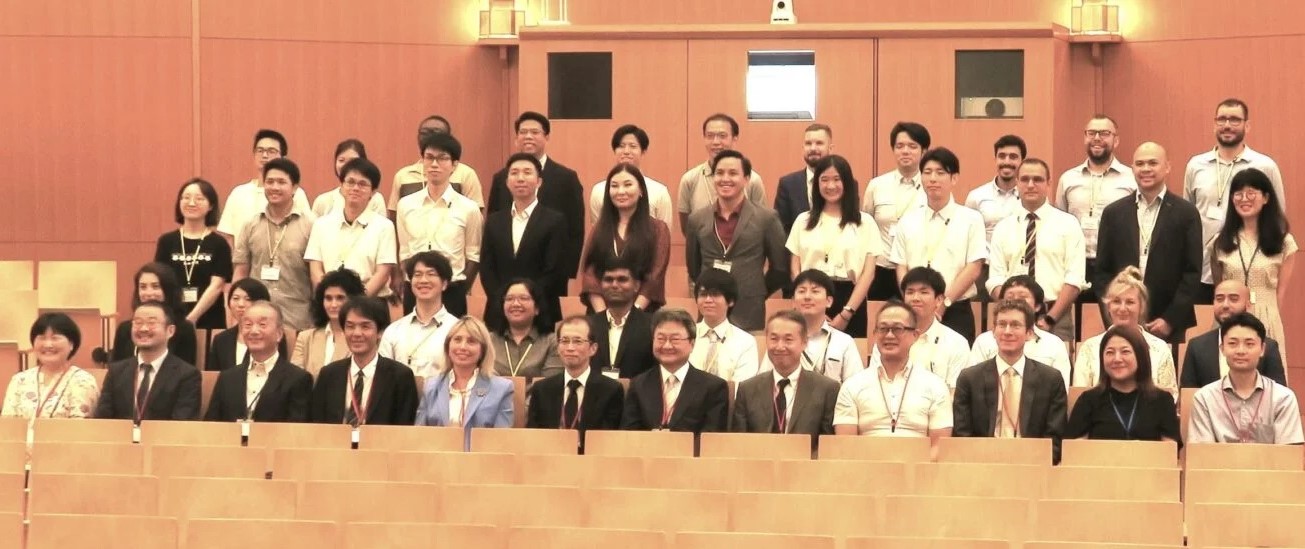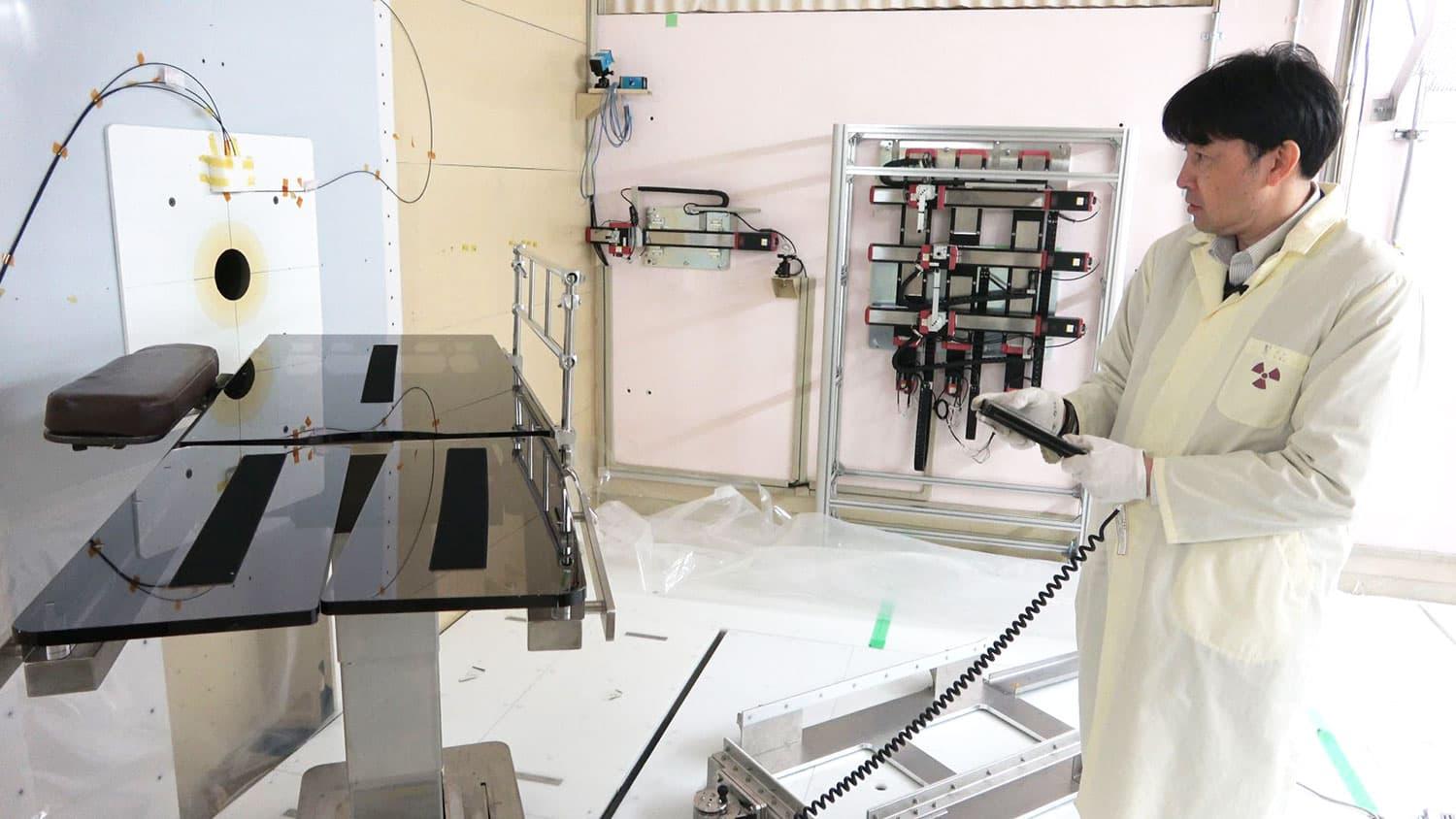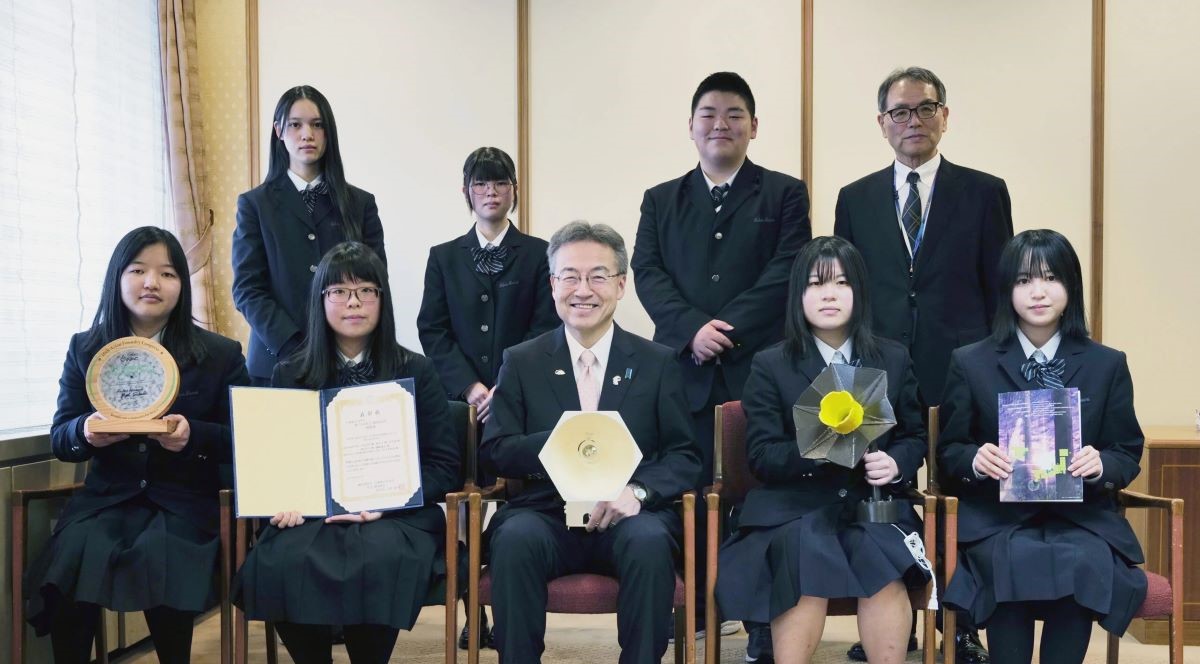At a regular meeting of the Japan Atomic Energy Commission (JAEC) on March 19, SAIGUSA Arata of REA’s Radiation Dose Registry Center gave a presentation on the results of the study.
He said that the purpose of the study was to obtain scientific evidence of the effects on human health of chronic intake of low-dose irradiation―i.e., whether irradiation results in statistically significant differences in risk―in contrast to the acute radiation syndrome that appears shortly after high-dose irradiation.
So far, the results of the surveys have been published every five years. The number of survey subjects in the first study period, starting in 1990, was about 180,000. Since then, younger radiation workers, including those at research facilities, were added, boosting the number to about 270,000 in the fifth study period, which ended in 2014.
In the fifth study period, an analysis was made of approximately 200,000 men aged 20 and older whose lives or deaths were determined to merit evaluation. Observations totaled 2.889 million person-years. The average period of observation per person was 14.2 years. Calculations and analyses determined the average cumulative dose per person to be 13.8mSv. An average cumulative dose of less than 5mSv was recorded for 65.4% of the subjects, compared with 3.2% registering 100mSv or higher―a distribution relatively skewed toward the low side. The number of women observed was very few, as their dose distribution was extremely low, so they were excluded.
Given that the risk of developing cancer is highly dependent on lifestyle, it is difficult to separate out the effects of low-level irradiation. The so-called healthy worker effect―the fact that workers have lower death rates than the general population―is also a bias in evaluation. According to a study by the National Cancer Center, continuous smoking is equivalent to 1,000-2,000mSv of exposure, while the lack of exercise is equivalent to 200-500mSv, and the lack of vegetables in the diet is 100-200mSv. Saigusa said that if these factors correlate to a cumulative dose, they can be “confounding factors” when attempting to determine effects on health.
Saigusa also presented an evaluation of the study’s significance using the excess relative risk (ERR) index, which shows additional death rates per dose. In the analyses of the causes of death of about 100,000 subjects, ERR was significantly higher in the cases of liver and lung cancers. Based also on analyses of types of cancer, he assumed that “smoking confounds the relationship between cumulative dose and death.”
In the surveys through the 5th study period, the number of years of education was mentioned as a “confounding factor.” Based on suggestions obtained until that time, new measures were introduced, in surveys in the 6th study period, starting in 2015 and thereafter, including lifestyle surveys (smoking, drinking, years of education, occupation), the use of information on the contracting of cancer, and dose conversion for 12 major organs according to ICRP recommendations.
The survey’s 7th study period is currently underway, having started in 2020. Citing cases of radiation epidemiology studies in other countries that had not included lifestyle surveys, Saigusa said, “This kind of survey is the first in the world, and I expect it to produce results with high levels of accuracy and validity for considering radiation risks.”



